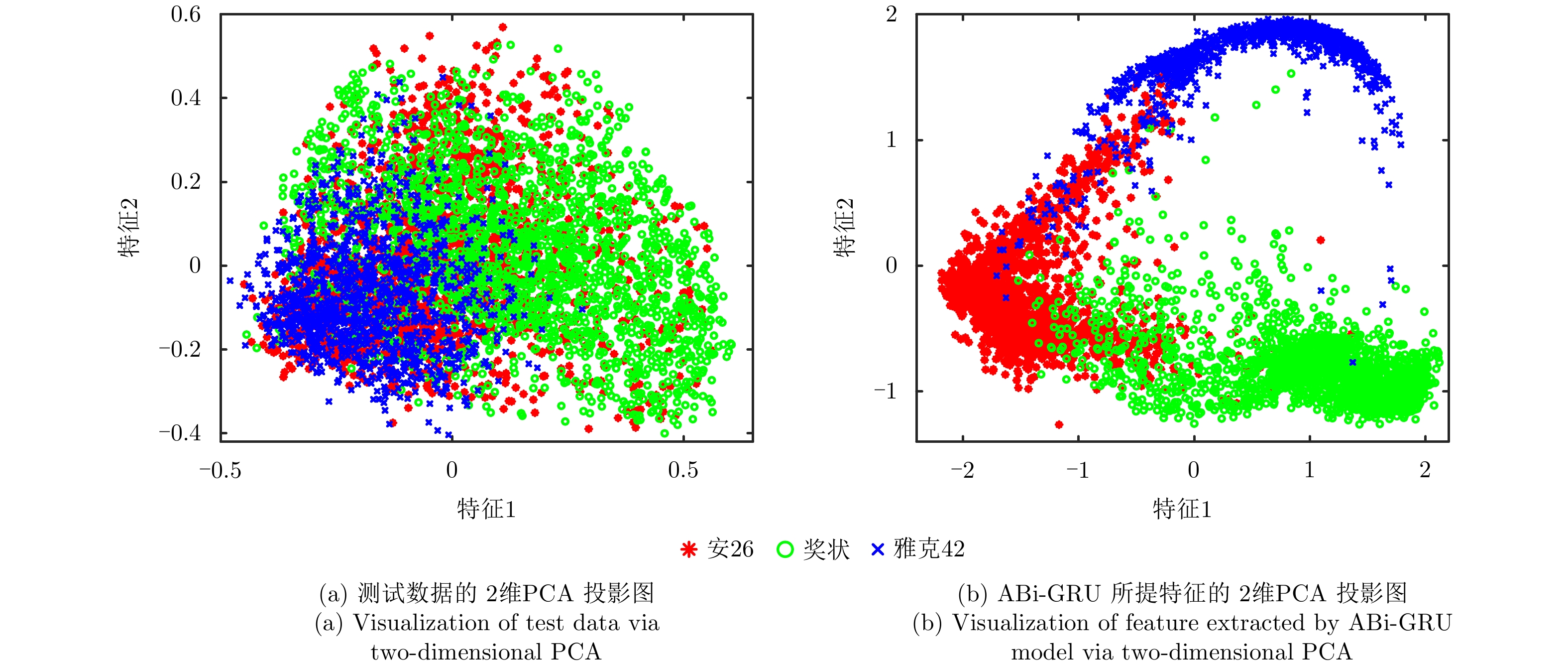| [1] |
DU Lan, WANG Penghui, LIU Hongwei, et al. Bayesian spatiotemporal multitask learning for radar HRRP target recognition[J]. IEEE Transactions on Signal Processing, 2011, 59(7): 3182–3196. doi: 10.1109/TSP.2011.2141664 |
| [2] |
DU Lan, LIU Hongwei, BAO Zheng, et al. Radar HRRP target recognition based on higher order spectra[J]. IEEE Transactions on Signal Processing, 2005, 53(7): 2359–2368. doi: 10.1109/TSP.2005.849161 |
| [3] |
FENG Bo, DU Lan, LIU Hongwei, et al. Radar HRRP target recognition based on K-SVD algorithm[C]. Proceedings of 2011 IEEE CIE International Conference on Radar, Chengdu, China, 2011, 1: 642–645. doi: 10.1109/CIE-Radar.2011.6159622. |
| [4] |
LI Bin and LI Hui. HRRP feature extraction based on mixtures of probabilistic principal component analysis[J]. Systems Engineering and Electronics, 2017, 39(1): 1–7. doi: 10.3969/j.issn.1001-506X.2017.01.01 |
| [5] |
唐绩, 朱峰, 路彬彬, 等. 一种基于混合Gamma分布的自动目标识别混合EM算法[J]. 现代雷达, 2017, 39(4): 45–49.
TANG Ji, ZHU Feng, LU Binbin, et al. A mixed EM algorithm of automatic target recognition based on mixed Gamma distribution[J]. Modern Radar, 2017, 39(4): 45–49.
|
| [6] |
DU Lan, LIU Hongwei, and BAO Zheng. Radar automatic target recognition based on complex high-resolution range profiles[C]. Proceedings of 2006 CIE International Conference on Radar, Shanghai, China, 2006: 1–5. doi: 10.1109/ICR.2006.343562. |
| [7] |
PAN Mian, DU Lan, WANG Penghui, et al. Multi-task hidden Markov modeling of spectrogram feature from radar high-resolution range profiles[J]. EURASIP Journal on Advances in Signal Processing, 2012, 2012: 86. doi: 10.1186/1687-6180-2012-86 |
| [8] |
JI Shihao, LIAO Xuejun, and CARIN L. Adaptive multiaspect target classification and detection with hidden Markov models[J]. IEEE Sensors Journal, 2005, 5(5): 1035–1042. doi: 10.1109/JSEN.2005.847936 |
| [9] |
SU Yuting, LU Yao, CHEN Mei, et al. Spatiotemporal joint mitosis detection using CNN-LSTM network in time-lapse phase contrast microscopy images[J]. IEEE Access, 2017, 5: 18033–18041. doi: 10.1109/ACCESS.2017.2745544 |
| [10] |
CHO K, VAN MERRIENBOER B, GULCEHRE C, et al. Learning phrase representations using RNN encoder-decoder for statistical machine translation[EB/OL]. https://arxiv.org/abs/1406.1078, 2014. |
| [11] |
PASCANU R, MIKOLOV T, and BENGIO Y. On the difficulty of training recurrent neural networks[C]. Proceedings of International Conference on Machine Learning, Atlanta, USA, 2013: 1310–1318.
|
| [12] |
CHUNG J, GULCEHRE C, CHO K H, et al. Empirical evaluation of gated recurrent neural networks on sequence modeling[EB/OL]. https://arxiv.org/abs/1412.3555, 2014. |
| [13] |
WANG Yequan, HUANG Minlie, ZHAO Li, et al. Attention-based LSTM for aspect-level sentiment classification[C]. Proceedings of the 2016 Conference on Empirical Methods in Natural Language Processing, Austin, USA, 2016: 606–615.
|
| [14] |
SU Baolan and LU Shijian. Accurate scene text recognition based on recurrent neural network[C]. Proceedings of 12th Asian Conference on Computer Vision, Singapore, 2014: 35–48. doi: 10.1007/978-3-319-16865-4_3. |
| [15] |
ZHOU P, SHI W, TIAN J, et al. Attention-based bidirectional long short-term memory networks for relation classification[C]. Proceedings of the 54th Annual Meeting of the Association for Computational Linguistics, Berlin, Germany, 2016, 2: 207–212.
|
| [16] |
FENG Bo, CHEN Bo, and LIU Hongwei. Radar HRRP target recognition with deep networks[J]. Pattern Recognition, 2017, 61: 379–393. doi: 10.1016/j.patcog.2016.08.012 |




 Submit Manuscript
Submit Manuscript Peer Review
Peer Review Editor Work
Editor Work





 DownLoad:
DownLoad:





